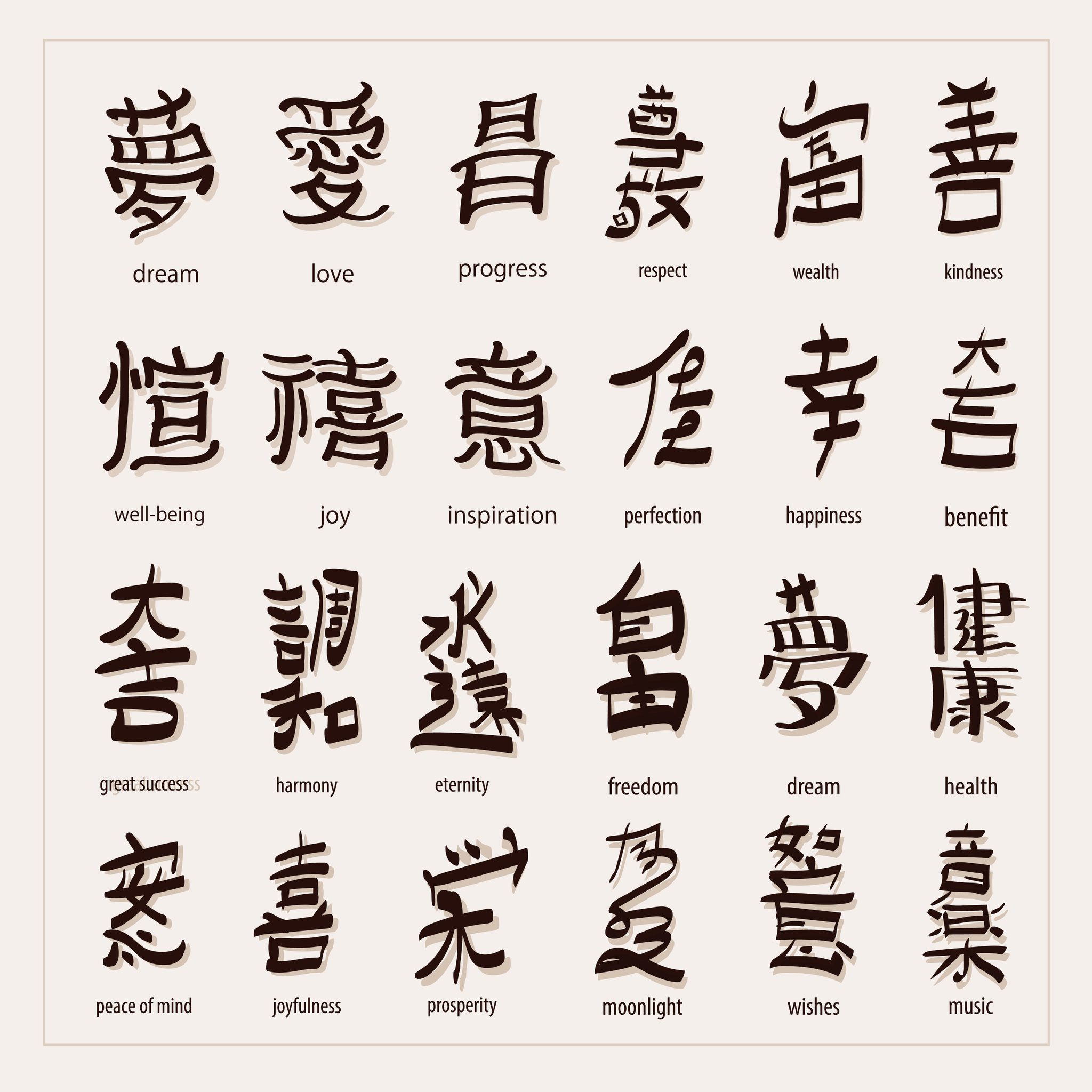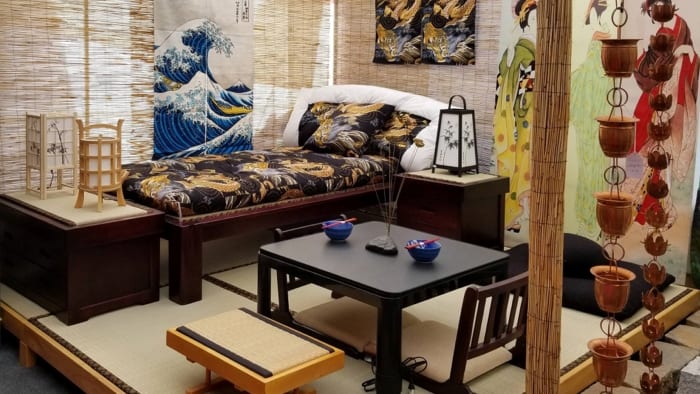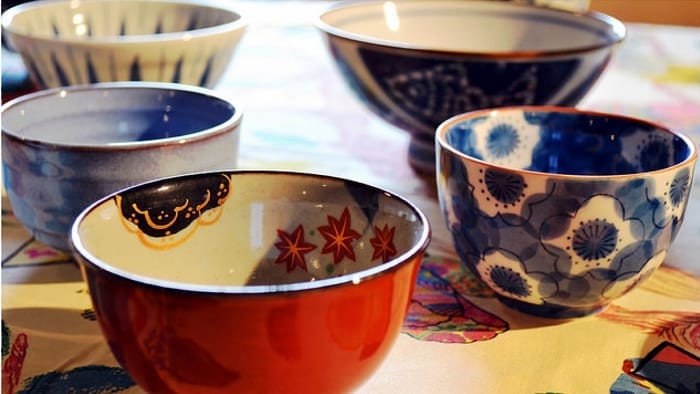Numerology has always played a part in the lives of people from the Orient. The Japanese, specifically, have a profound fondness for the number 5. A little backgrounder on the figure’s place in their culture will go a long way when you visit or meet someone from Japan.
One of the more straightforward applications of this belief is food preparation. You will notice that there are unspoken ways the number 5 is used regarding food, making Japanese cuisine enticing to eat and significantly better while offering a set of healthy options. These may not be obvious to you as an outsider, yet they are important to observe respect toward another culture.
Rounding Up the Taste Buds Number 5
Guess how many tastes are recognized by the tongue? If you answered five, you are correct! Umami is the newest addition to sweet, sour, salty, and bitter. This is described as meaty or savory due to the amino acids and nucleotides found in the food source. Dish staple katsuo stock is an example of a food that produces the umami flavor.
Completing the Colors
If you enter a Japanese restaurant, the server will serve you food that will prove exciting in terms of color combination. Notice the presence of black, red, green, and yellow, and white (usually rice). This design is steeped in the Buddhist tradition brought by the Chinese a long time ago. However, it is not just about aesthetics. The five colors actually help complete the meal’s nutritional value because they represent essential vitamins and minerals. If you ever wondered how the Japanese keep healthy, then there is your hint.
Alerting All Senses Number 5
The taste and smell of the dishes are not the only deal-breakers. The Japanese believe that you have to employ all five senses when eating. Thus, they arrange their meals so that they will look attractive to the diner. More often than not, this entails using expensive tableware. Touch is also important to them. When you feel your utensils, your appetite should gain strength. And not the least is hearing. A quieter atmosphere will allow you to hear and thus appreciate natural sounds – not a bit considered as lacking enjoyment, contrary to the American way of making noises when having fun while eating.
Cooking in Progression 5 Numbered Steps
As is the case with fine dining, the Japanese typically offer meals cooked in five ways. You will have raw, simmered, fried, grilled (roasted), and steamed. They believe that serving food done in those five methods completes the dining experience. So it should not surprise you when you are offered items representative of the categories on the menu, from sashimi to soup to rice and fried and grilled meat or seafood.
Being Thankful for the Bounty
This may be case-to-case, but restaurants likely observe the Buddhism-inspired five attitudes in dining. In essence, these are about gratitude toward the food you are about to partake in and avoid greed. You do not have to say them like a prayer, but you have to know them so that they can be your guide while eating in a Japanese place.
These are the applications of the number 5 in Japanese cuisine. It is a number that reflects a complete set of things. When you observe its use, you also pay total respect toward Japan and its culture. And that is how to enjoy your dining experience, the Japanese way.



